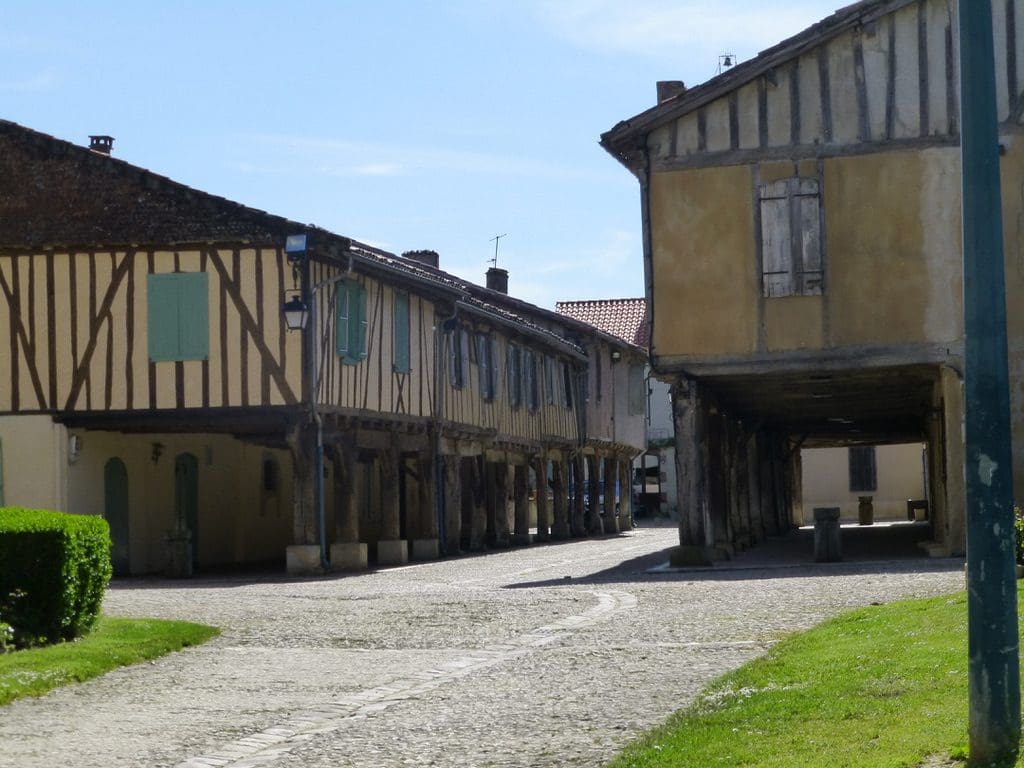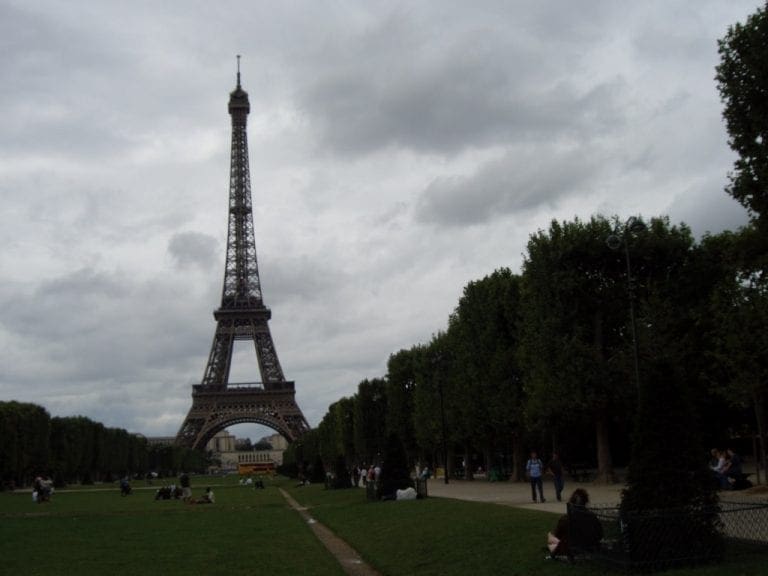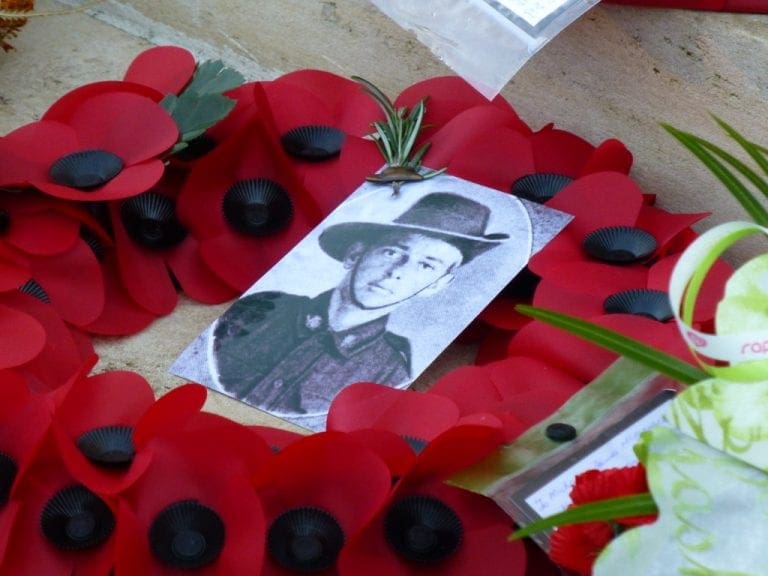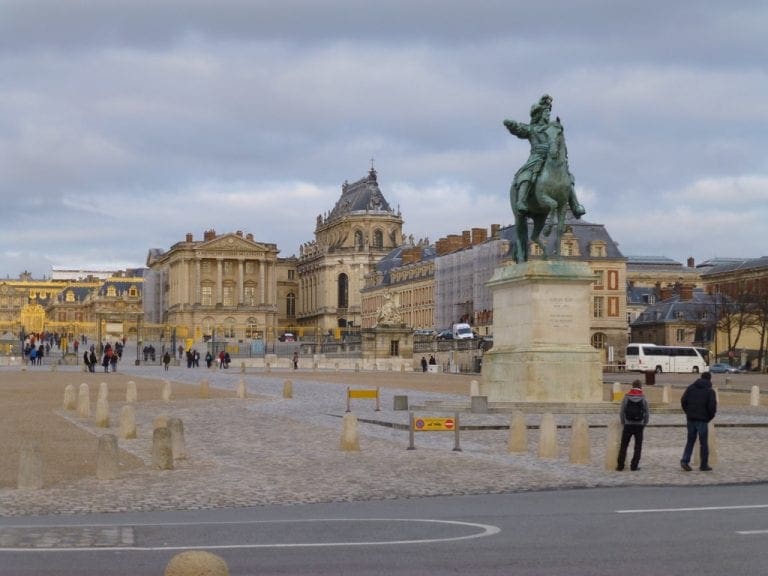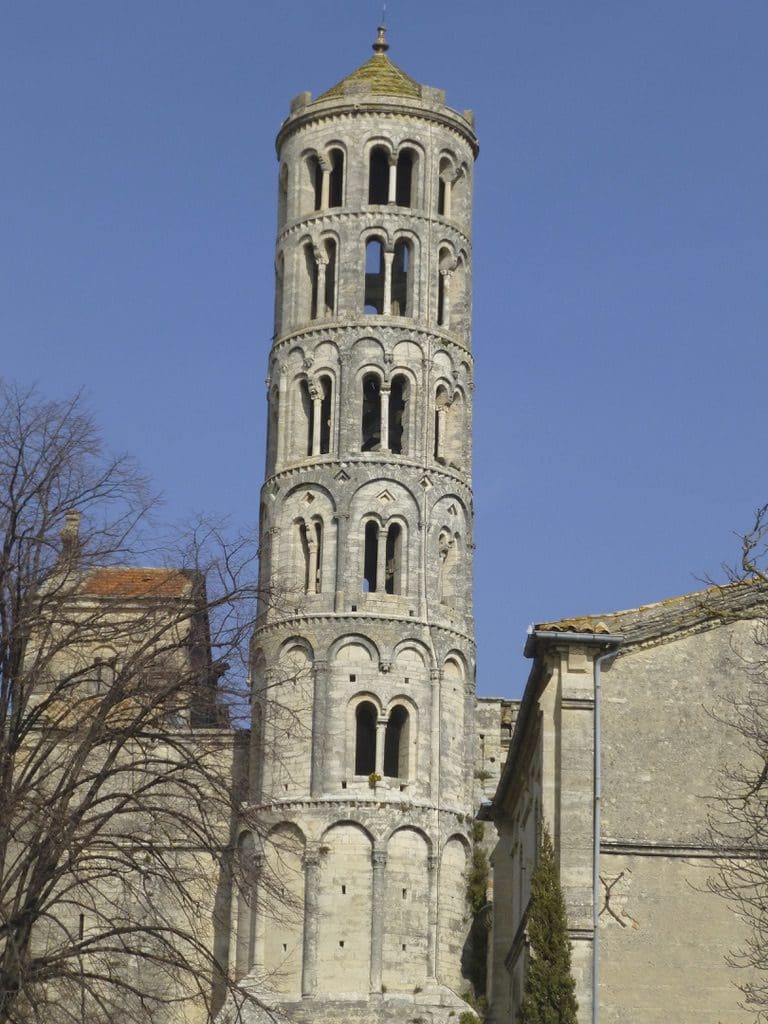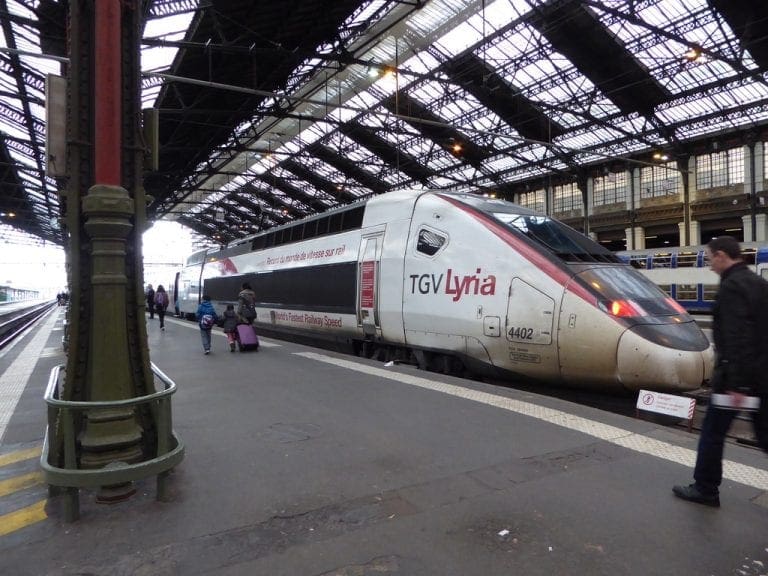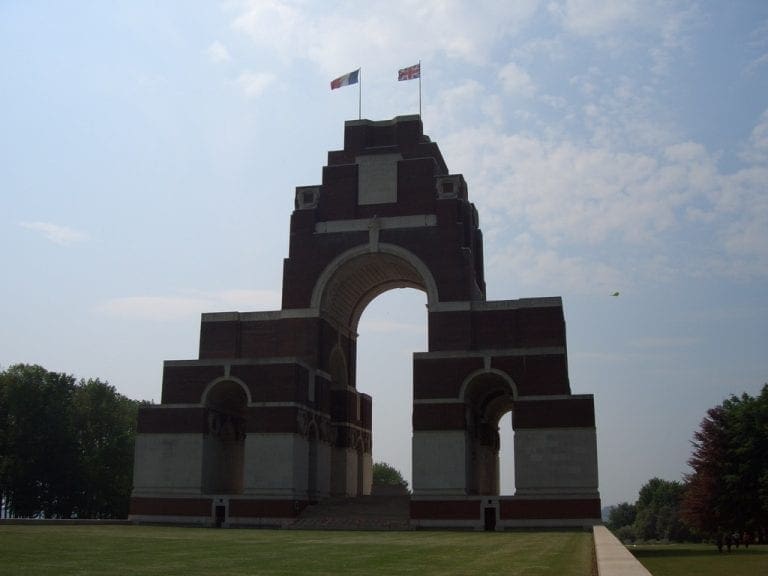France 2013 – week 9 – Tillac
30 Mar 2013. Saturday. Day 57. We left Limoux in heavy rain. In Tillac it is sunny between the roaming rain clouds. The drive from Carcassone to Toulouse was on a toll way that we have been on a few times and will travel again. From Toulouse, we travelled west through rolling country that is all under some kind of grain (to feed the geese). No more vineyards. (When the Languedoc claimed that they have lost 40,000 hectares of vineyards over the last five years, they would hardly miss them. That chunk of country from Limoux north to say Montpellier is wall to wall vineyards.) We are now in what looks like rich agricultural country.
Tillac is the smallest village that we will stay in. No bakery for one thing – bread is delivered to the store each day. The village mainly comprises two rows of houses along 20m between an old church and an old gate in a wall. The house itself is part of what used to be a tabac or tavern. We are on two floors above the remains of the tavern. It is very nice. We are literally one door away from one of the ‘six cottages’ that inspired us to do this trip. www.cottagesinfrance.com/Gasconypage1.html
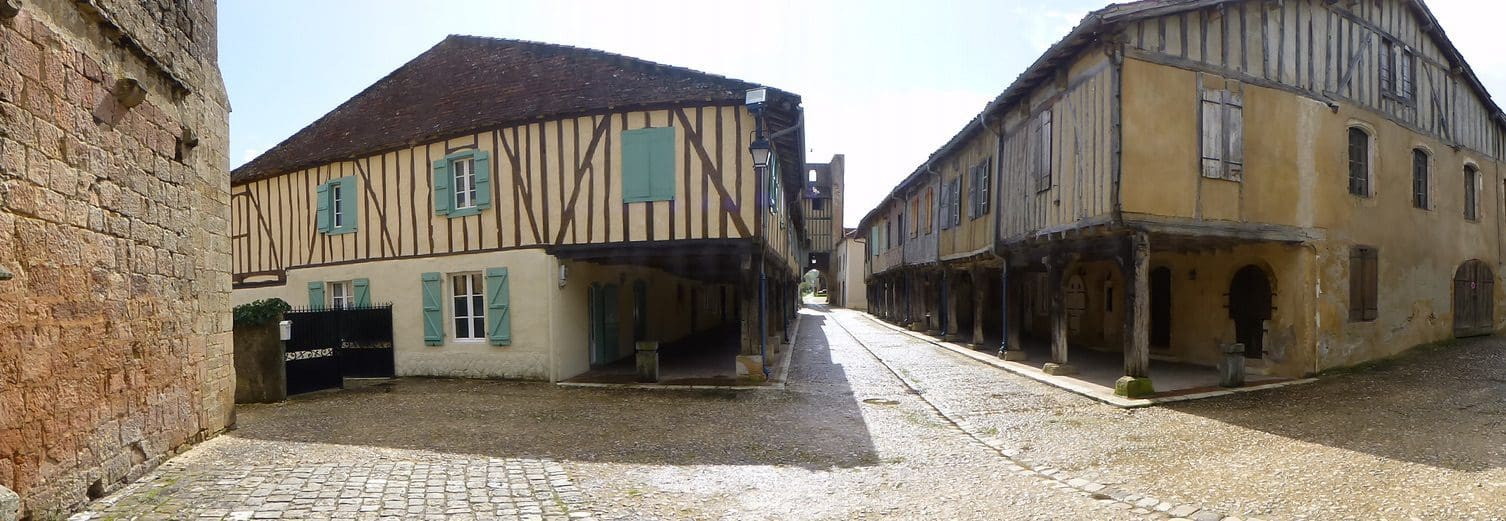
1 Apr 2013. Monday. Day 59. After a sunny day of 23C yesterday, it rained quite heavily this morning. The streams to the east of us are all in flood. This is Gascony – country of d’Artagnan and the village of Artagnan is just a few kilometres away. We drove there in the rain. There is nothing of d’Atragnan at the town from where his mother came. There is a statue of him at Auch the principal city of this Department (Gers, number 32). The country around here is very rich agricultural land. It reminds me of Ireland – but with money. To get to Artagnan we drove on two very straight roads that look to pre-date agriculture and are probably Roman. There are Roman ruins scattered throughout the Gers. According to the guide book, this Department produces most of France’s foie gras. It clearly grows grain (to feed those ducks and geese). What we do not understand is complete lack of contour ploughing. Fields are ploughed up and down hills or parallel to an edge of the field. They are also ploughed very deep. So, it either never rains hard enough to wash the soil away or they don’t care. (So far, we certainly have not seen much on the way of heavy rain. Just persistent drizzle. Maybe that just keeps everything damp and green.)
Lunch-time is clearly a major French institution. The country does stop for lunch. Workers are given an hour (plus travel time) for lunch. Parking metres give you 2 hours grace for lunch. For example, it is 11am and you pay for 2 hours parking. The ticket will show it is valid until 3pm = 11 + 2 hours lunch + 2 hours parking. Today, we had what would be a good lunch in a country town in France: 4 courses, wine and coffee for €16. The food was not in anyway remarkable. The town we were in reminded me of a very prosperous wheat belt town in NSW, say Moree. Mainly shut because of the public holiday, but clearly prosperous. About 5km away is another, about the same size and equally prosperous. This area has been doing very well since Roman times. Tarbes, the big town is 30 km to the south and Pau, and even bigger city is 40km further west. Yet these villages can hold their populations and their young and possibly their professionals.
2 Apr 2013. Tuesday. Day 60. Rain in the morning and sun in the afternoon appears to be the prevailing weather pattern. 12C rain and a cold wind. We drove north to Larresingle (a restored Bastide). Where have I heard of those before? The girl had us on a very direct but very narrow, minor road and we made good time away from the towns – of which more later. The country is looking very wet. About halfway, we went through the largish village/town of Vic-Fenensac which has big grain silos and its very own race course! We think the going would be described as a few steps below ‘very slow’. The tractor had given up cutting the grass for the ‘spring carnival’. It was not actually bogged in the track, but you could see where it had been. We realised that we have not seen any tractors actually working the land – far too wet. Larresingle is being restored (complete with moat) by a Boston group.
We continued east, through the town of Condom (with nothing to link it to the product) to the town of Lectoure for a forgettable lunch. Lectoure has recently been given a UNESCO rating for a couple of buildings. This led us to discussion about the double-edge sword of such a rating. Carcassone has made much of its rating and has attracted thousands of tourists – and has them park outside the ‘old’ town and walk in. Lectoure is still new to this and lets the tourists in to take up its scarce parking.
We talked about preservation orders and the difficulty of living in a little village with very narrow streets and buildings that need huge funding just to maintain them – let alone fix the plumbing and install The Internet. A French village street looks like a wall of houses – locking out the world. From the houses we have lived in, we can see the huge effort needed just to keep them habitable. Knock them down and start again? The outcry!! But these 300 year old houses are in terrible order (not the ones we have lived in). It led us to discussion about what keeps the economy of southern France going. We don’t know. I’m inclined to think the main industry is eating. (Just as Sydney’s main industry is building houses.)
Today, we were again on a major walking path – like many others, it joins Compestella. Quite a few walkers at Larresingle and more at Lectoure. Their equipment is very different from tour-walkers in NZ. Here, you need your outer clothes, a few changes of underwear and maybe ‘hut clothes’. You would not need food or bedding. Each day, just stop for the plat du jour and stop at a nice hotel for the night. So easy. No wonder we see Europeans on the Great Walks in NZ asking where the shower is!
We continued south through Auch – which we have voted the worst traffic so far in France. Who would allow angle parking in the main roundabout of the main city of the Department? Grid locked traffic and very poor signposts. Somewhere in that mess is d’Artagnan’s statue. Will we go back for it? No way!
We are drinking our way though the last of the Blanquette from Limoux – to which we are giving a very big tick. As good as Champagne or better and less than a quarter the price.
3 Apr 2013. Wednesday. Day 61. Sunny with a few clouds. 12C. We went to the market at nearby Marciac – bought cheese, pears, jam, ham, terrines for lunch. Not a huge market but the locals certainly chat to each other. Marciac holds a jazz festival for 2 weeks in early August – and attracted some very big sponsors. How do they do that? Marciac is a town/village of about 1,000 people. I’ve now found a wifi connection at the local Tourist Office. This is the first wifi since Cajarc 4 weeks ago. The little village of Tillac where we are staying has no wifi and no phone coverage either. I can only get a very weak phone coverage just outside the local small shop. If I stand in exactly the right spot and hold my mouth right, I can get e-mails. The wifi at the Marciac TI is too weak for me to work on my blog. I will have to wait yet again.
We drove a little way out of Marciac and had a picnic of our market purchases in a field looking towards to Pyrenees under a blue sky. Then, we drove to Bassoues, yet another Bastide – this one with a covered market and houses like the ones we are living in.
Then to Lupiac and the d’Artagnan museum at his birthplace. (He was born and grew up in Chateau Castlemore just 2 km north.) Quite good audio guide in a very new looking museum describing the history of the real d’Artagnan and the Dumas character. The history that Dumas relates is fairly true. The real d’Artagnan did not have the same scrapes as the Dumas character. He probably had even more outrageous ones. He rose to be Marshall of France and was killed at the siege of Maastricht. (Unlike the Dumas character who was killed while receiving his Marshall’s baton.)
4 Apr 2013. Thursday. Day 62. Another drizzly day. 10C The shop (which supposedly opens every day) was not open today – so, no baguettes. We stayed in and talked. We’ve continued our discussion on ‘what makes the French economy tick, Toursim, Bastides/Chateaux, Food’. We read.
Tourism. The first big input is time. You may remember that there is no singular French word vacation – it is plural ‘les vacances’. The French don’t take singular vacations. I think they get 4-5 weeks annual leave a year and mainly take those weeks in summer – leaving cities vacant and flocking to resort towns in their hundreds of thousands. Those people need places to stay (so they are built or restored). They also need things to see/do (which are also built or restored). The money to build or restore is provided by government or individuals. The money spent (on building, restoring or seeing) goes back into the local community. Those tourists and the locals need places at which to eat. Those tourists need to be attracted and entertained – so there is a constant search for the ‘unique’ – oldest, prettiest, tallest, biggest – the beautiful and ‘fun’. Every town/village/commue is striving to find what will keep their tourists for one more day. There is also a huge surge in numbers for just a few months. Giving a ski-village like off/on season approach. In the off-season, the locals shut down and go on vacances themselves.
Food. I think this is the major industry of France. Lunch is the main meal of the day and the world stops to eat it. Do not ever get between a Frenchman’s stomach and his lunch. The French are obsessed with food. There is a high standard – but that is driven by a high demand by a discerning public. There are very many places to eat – driven by demand of course, but the sheer number of choices, constantly drives up the standard. Ingredients: wine (hundreds of square kilometres under grape vines), vegetables, meat (this is a secondary product of grain to feed animals – of which hundreds of square kilometres in grain), cheese (another secondary product to milk – cow, goat and sheep). Almost all of the food produced in France is consumed in France – maybe 10% is exported.
Bastides/chateaux. Saved by poets and artists from destruction. Laws enacted. Restoration initiated (60s, 70s, 80s, 90s) and paid for by government to find something for tourists to look at and to give something for locals to do to keep them in the villages (rather than flock to the cities). All striving to attract tourists. Be unique or get a UNESCO rating to prove that you really are unique. Each has a ‘unique’ story, window, block of stone, chunk of wood. These are the pilgrimage sites of the modern age. (They remind me of the outback towns in western Queensland, each with its ‘unique’ woolscour, museum. Only a few kilometres from each other, their history is almost identical, as is what they can show.) Throw more and more money at them as the maintenance gets more difficult and more expensive. (At Tillac, the tower at the end of the street has significant looking cracks developing. Without more money thrown at it, it will fall down within 50 years.) Where will any of these old wooden/stone building be in 200 years? This maintenance job will be never ending, and will be constantly getting worse.
Marciac. I will use Marciac as an example of a small village. It is surrounded by good rich, well worked agricultural land. Its neighbours are about 10km away. The village has about 1,000 people. There is a rough rule of thumb that says something like ‘for every 1,000 people, you will need about 250 providing ‘services’. So, it could be that the 1,000 living in Marciac are supporting about 4,000 people living on the farm and coming to that town for services. Services like: school; medical; shops; food; hairdresser; market; buying cars, tractors, trucks; police; government services; phones; etc. Social and cultural: church, coffee, boules, clubs. That multiplier extends country-wide. Some of those 250 people are in Paris and the local bigger towns and cities and administration centres.
5 Apr 2013. Friday. Day 63. Cloudy and cold with drizzle to begin. Later sunny patches. And that has been the pattern for the last few weeks. We dressed up and went to lunch. The Rive Diote at Villecomtal-sur-Arros. A bit more up market (2 1/2 forks from Michelin) than we have been doing and I think we have been making a mistake. A very good meal. Four very good courses. The wine was a sav blanc with Gros Megsin added to make it drinkable early. Very good early but it grew a bit heavy as the meal progressed. We were served by a young English fellow (north England by his English accent) doing an apprenticeship in France in being a waiter. We chatted quite a lot to this ‘jeune’, who was so thrown off his very good behaviour that he forgot to give our coats when we left. His boss was shocked. I liked the owner. Highly recommended. We should do that more often – every day it rains or at least once a week.
I liked our week in Tillac (despite the weather). An excellent little village in a very nice part of France. The house itself with its old exposed beams is nice and cosy in winter. An extremely good collection of books to read. A good place. The only downside was the phone not working except for a few metres just to the north of the shop.
